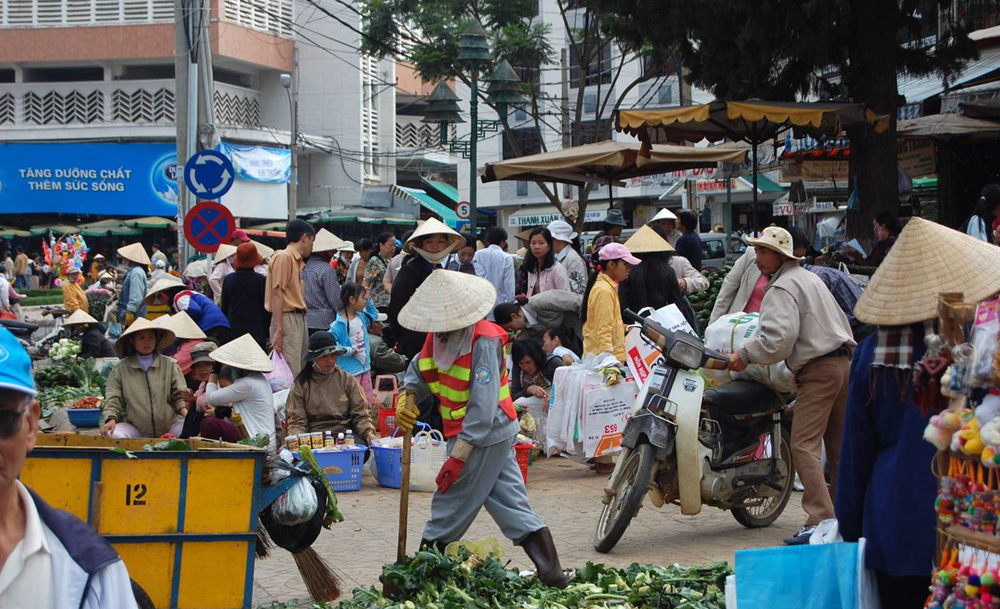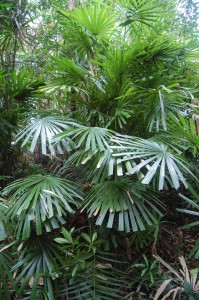Discovering the True Identity of Vietnam’s Hat Palm
Posted in New Plant Discoveries on January 9, 2015 by Andrew Henderson
Andrew Henderson, Ph.D., is the Abess Curator of Palms in the Institute of Systematic Botany at The New York Botanical Garden. He has conducted several research field trips to Vietnam and other Southeast Asian countries to document the palms of the region.

In central Vietnam, the woven hats that many villagers wear are made from a local palm that the Vietnamese call la non. For many years, la non was thought to be a species in the genus Licuala. In the treatment of the palms for the Flore Générale de l’Indo-Chine, for instance, it was referred to as Licuala spinosa.

Recently, researchers from Vietnam’s Institute of Ecology and Biological Resources and The New York Botanical Garden made collections of this palm from Bach Ma National Park in Central Vietnam, not far from Hue. The palm was clearly not Licuala spinosa. Among other things, unlike other Licuala, it was dioecious, meaning it has male and female plants. But its relationships with other palm species remained obscure.
DNA samples were sent for analysis to Christine Bacon, then of Colorado State University. To everyone’s great surprise, the common hat palm, together with a few other species from Vietnam, turned out to be unrelated to Licuala and to represent a separate genus. This genus has now been formally described in the journal Systematic Botany and is called Lanonia, after the Vietnamese name of the palm.
A survey of Licuala specimens from several herbaria showed that eight species should be recognized within this new genus. One species occurs in Hainan, one in Java, and six are endemic or nearly endemic to Vietnam, meaning they are found only in that country. Of those, the palm that is used to make hats has now been properly identified as Lanonia centralis.
This study is a striking example of the power of DNA analysis to reveal relationships that are almost impossible to estimate from just the physical characteristics of the plant.
The following citation is for the research paper about the new Lanonia genus. For an abstract, click here.
Henderson, A. & Bacon, C. 2011. Lanonia (Palmae), a new genus from Asia, with a revision of the species. Systematic Botany 36: 883-895.


Fascinating discovery! Will we be able to grow any of this palm in our own Conservatory?